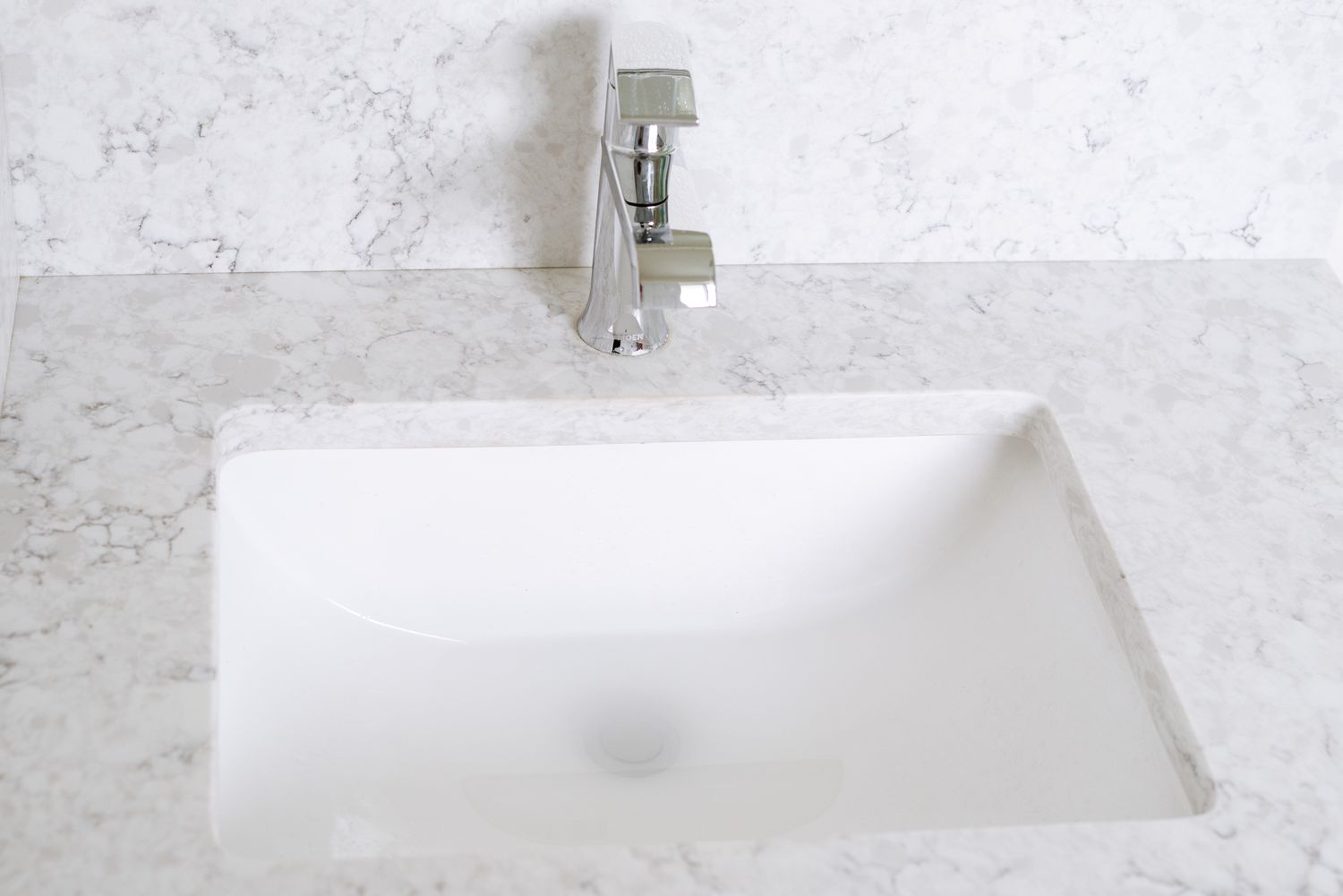

Articles
Why Is My Bathroom Sink Not Draining
Modified: October 22, 2024
Discover the common reasons why your bathroom sink is not draining and learn effective solutions. Read more articles on plumbing issues and solutions.
(Many of the links in this article redirect to a specific reviewed product. Your purchase of these products through affiliate links helps to generate commission for Storables.com, at no extra cost. Learn more)
Introduction
Having a bathroom sink that is not draining properly can be a frustrating experience. It can disrupt your daily routines and even cause potential plumbing issues if left unattended. Understanding the common causes of bathroom sink drainage issues can help you troubleshoot the problem and find effective solutions.
There are several factors that can contribute to a bathroom sink not draining correctly. It could be a clogged P-trap, a faulty pop-up stopper, accumulated hair and debris, mineral buildup, or even an outdated plumbing system. In this article, we will explore these common causes in detail and provide you with some DIY methods to unclog your bathroom sink.
If you’re facing a clogged bathroom sink, it’s essential to address the issue promptly. Ignoring it or attempting to ignore the problem can lead to more severe plumbing complications in the future. Let’s dive into the various reasons why your bathroom sink may not be draining and learn how to resolve these issues.
Key Takeaways:
- DIY Methods for Unclogging
Learn how to unclog your bathroom sink using simple DIY methods such as plunging, removing and cleaning the P-trap, using baking soda and vinegar, or employing a plumbing snake. These techniques can effectively clear minor clogs and restore proper drainage. - When to Seek Professional Help
Recognize the signs that indicate the need for professional plumbing assistance, such as persistent clogs, foul odors, or aging plumbing systems. Knowing when to seek professional help can prevent further damage and ensure optimal functionality of your bathroom sink.
Read more: Why Is My Sink Draining Slowly
Common Causes of Bathroom Sink Drainage Issues
There are several common causes of bathroom sink drainage issues that can disrupt the flow of water and lead to slow or stagnant draining.
1. Clogged P-Trap: The P-trap is a curved pipe located beneath the sink that traps debris and prevents sewer gases from entering your home. Over time, the P-trap can become clogged with hair, soap scum, and other debris, hindering the flow of water.
2. Clogged Pop-Up Stopper: The pop-up stopper is the small mechanism that allows you to open and close the sink drain. It can accumulate dirt, hair, and soap residue, preventing water from draining efficiently.
3. Accumulated Hair and Debris: Hair is one of the most common culprits of bathroom sink clogs. As it accumulates over time, it can create blockages in the drain and impede water flow.
4. Mineral Buildup: Minerals present in hard water can accumulate in your sink drain, forming a layer of scale over time. This scale can restrict water flow and cause clogs.
5. Faulty or Outdated Plumbing System: Older plumbing systems may have pipes that are prone to corrosion or damage, leading to blockages and drainage issues. Additionally, improper installation or damaged pipes can contribute to poor sink drainage.
Identifying these common causes is the first step in resolving your bathroom sink drainage issues. By understanding the underlying problem, you can implement the appropriate solutions to restore proper drainage and prevent future clogs. In the next sections, we will explore some DIY methods to unclog your bathroom sink and restore its functionality.
Clogged P-Trap
The P-trap is a U-shaped pipe located underneath your bathroom sink. Its purpose is to trap debris and prevent sewer gases from entering your home. However, over time, the P-trap can become clogged with hair, soap scum, and other debris, leading to poor drainage.
If you suspect that a clogged P-trap is causing your bathroom sink drainage issues, follow these steps to unclog it:
- 1. Gather Necessary Tools: You will need a bucket, a pair of pliers, a wrench, and a plumbing snake or a straightened wire coat hanger.
- 2. Prepare the Area: Place a bucket or a towel under the P-trap to catch any dripping water or debris.
- 3. Loosen the Connections: Use pliers or a wrench to loosen the nuts that hold the P-trap in place. Be careful not to overtighten or damage the pipes.
- 4. Remove the P-Trap: Slide the P-trap out carefully, allowing any water or debris to drain into the bucket. Inspect the trap for clogs and remove any obstructions using your hands or a wire.
- 5. Clean the P-Trap: Rinse the P-trap under running water to remove any remaining debris. Use a brush or an old toothbrush to scrub away any built-up residue.
- 6. Reassemble the P-Trap: Once the P-trap is clean, carefully reattach it to the rest of the plumbing using the pliers or wrench. Make sure the connections are secure but not overtightened.
- 7. Test the Drainage: Run water into the sink and check if the drainage has improved. If the problem persists, consider using other methods to unclog your bathroom sink.
Remember, if you are uncomfortable or unsure about unclogging the P-trap yourself, it is always best to seek the assistance of a professional plumber. They have the necessary skills and equipment to handle more complex plumbing issues.
By regularly cleaning and maintaining your P-trap, you can prevent further clogs and ensure proper drainage in your bathroom sink. Additionally, using a drain stopper or strainer can help catch hair and debris before they enter the plumbing system, reducing the chances of clogs in the first place.
Clogged Pop-Up Stopper
The pop-up stopper in your bathroom sink is a mechanism that allows you to open and close the sink drain. Over time, it can accumulate dirt, hair, soap residue, and other debris, which can obstruct water flow and lead to drainage issues.
If you suspect that a clogged pop-up stopper is causing your bathroom sink drainage problem, here are steps you can follow to unclog it:
- 1. Clear the Sink: Remove any items or debris from the sink so that you have access to the pop-up stopper.
- 2. Locate the Stopper: Underneath the sink, locate the rod connected to the pop-up stopper. It is usually connected to the back of the drain pipe.
- 3. Disconnect the Rod: Unscrew or disconnect the rod from the drain pipe. This will release the pop-up stopper from its closed position.
- 4. Remove the Stopper: Lift the stopper out of the drain. You may need to twist it slightly to loosen it from any built-up gunk.
- 5. Clean the Stopper: Scrub the stopper using a brush or an old toothbrush to remove any accumulated debris or residue. Ensure that all sides of the stopper are thoroughly cleaned.
- 6. Clear the Drain Pipe: While the stopper is removed, use a straightened wire coat hanger or a plumbing snake to clear any clogs or obstructions in the drain pipe. Insert the wire or snake and carefully maneuver it to dislodge the blockage.
- 7. Reassemble the Stopper: Once the stopper and drain pipe are cleaned, reinsert the stopper back into the drain and reattach the rod. Ensure that it is securely connected.
- 8. Test the Drainage: Turn on the water and check if the drainage has improved. If not, consider using other methods to unclog your bathroom sink.
Regularly cleaning the pop-up stopper can help prevent clogs and keep your bathroom sink draining properly. Additionally, consider using a drain cover or strainer to catch hair and debris, preventing them from entering the drain in the first place.
If you continue to experience issues with your bathroom sink drainage, it may be necessary to seek professional assistance to diagnose and resolve the problem. A licensed plumber will have the expertise and necessary tools to address more complex clogs and drainage issues.
Accumulated Hair and Debris
One of the most common causes of bathroom sink drainage issues is the accumulation of hair and debris in the drain. Over time, hair can collect in the drainpipe, creating a blockage that impedes water flow and leads to slow or stagnant drainage.
If you suspect that accumulated hair and debris are causing your bathroom sink drainage problem, here are some steps you can take to unclog it:
- 1. Prepare the Area: Clear any items or debris from the sink to have access to the drain. Place a bucket or towel under the drain to catch any water or debris.
- 2. Use a Bent Wire Hanger: Straighten out a wire coat hanger and create a small hook at one end. Insert the hook into the drain and gently maneuver it to catch any hair or debris. Pull out as much as you can.
- 3. A Plunger: If the wire hanger doesn’t fully unclog the drain, you can try using a plunger. Ensure there is enough water in the sink to cover the plunger cup. Place the plunger over the drain and plunge vigorously several times to create suction and dislodge the clog.
- 4. Baking Soda and Vinegar: For a natural and chemical-free solution, mix equal parts baking soda and vinegar to create a foaming mixture. Pour it down the drain, let it sit for about 30 minutes, then flush it with hot water. This can help break down hair and loosen debris.
- 5. Commercial Drain Cleaners: If the above methods do not work, you can try using commercial drain cleaners. Follow the manufacturer’s instructions carefully and ensure proper ventilation when using these products.
- 6. Preventive Measures: To prevent future clogs, use a drain cover or strainer to catch hair and debris before they go down the drain. Regularly clean the drain cover or strainer to maintain optimal drainage.
If your attempts to unclog the drain are unsuccessful or if you are uncomfortable performing these methods yourself, it is recommended to seek the assistance of a professional plumber. They can provide more advanced techniques and ensure that the clog is completely removed, restoring proper drainage to your bathroom sink.
By practicing regular maintenance and taking preventive measures, such as using drain covers, you can minimize the accumulation of hair and debris in your bathroom sink drain. This will help keep your sink draining smoothly and prevent future clogs.
Read more: How To Replace A Bathroom Sink Drain
Mineral Buildup
Mineral buildup is a common cause of bathroom sink drainage issues, especially in areas with hard water. When water with high mineral content, such as calcium and magnesium, flows through your plumbing system, it can leave behind deposits that accumulate over time and restrict water flow.
If you suspect mineral buildup is causing your bathroom sink drainage problem, here are steps you can take to address it:
- 1. Cleaning Solution: Prepare a solution of equal parts water and vinegar or lemon juice. The acidic properties of these solutions can help dissolve mineral deposits.
- 2. Soak the Affected Area: Pour the cleaning solution down the drain and let it sit for about an hour. This allows the solution to break down the mineral buildup.
- 3. Scrubbing: Use a small brush, such as an old toothbrush, to scrub the drain and remove any remaining mineral deposits. Be gentle to avoid damaging the pipes.
- 4. Flushing: After scrubbing, flush the drain with hot water to remove loosened mineral deposits and ensure the drain is clear.
- 5. Preventive Measures: To prevent future mineral buildup, consider installing a water softener or using a water conditioner to reduce the mineral content in your water. Regularly maintaining and cleaning your drains can also help prevent mineral buildup from becoming a recurring issue.
If the mineral buildup is severe or the above methods do not work, it may be necessary to seek help from a professional plumber. They can assess the extent of the problem and recommend more advanced solutions, such as hydro jetting, to clear out stubborn mineral deposits.
Preventing mineral buildup is key to maintaining optimal bathroom sink drainage. By regularly cleaning and descaling your drains and implementing preventive measures, you can minimize the impact of mineral buildup and ensure smooth water flow in your bathroom sink.
Faulty or Outdated Plumbing System
Another possible cause of bathroom sink drainage issues is a faulty or outdated plumbing system. Older plumbing systems may have pipes that are prone to corrosion, damage, or misalignment, which can lead to blockages and poor drainage.
If you suspect that a faulty or outdated plumbing system is causing your bathroom sink drainage problem, consider the following factors:
1. Corroded Pipes: Over time, pipes can corrode, leading to the formation of rust and other debris that can obstruct water flow. Corroded pipes may need to be replaced to restore proper drainage.
2. Damaged Pipes: Pipes can become damaged due to age, pressure, shifting foundations, or other environmental factors. Cracked or collapsed pipes can cause blockages and hinder water flow.
3. Misaligned Pipes: If the pipes connecting your bathroom sink are misaligned, it can create bottlenecks and restrict water flow. In some cases, pipes may need to be repositioned or realigned to ensure proper drainage.
4. Outdated Plumbing System: If your plumbing system is outdated, it may not be designed to handle the water flow demands of modern fixtures. Upgrading to a newer plumbing system can improve drainage efficiency.
Addressing issues with a faulty or outdated plumbing system can be complex and may require the expertise of a professional plumber. A licensed plumber can assess the condition of your plumbing system, identify any underlying problems, and recommend the appropriate solutions.
Replacing corroded or damaged pipes, realigning misaligned pipes, or upgrading to a newer plumbing system may be necessary to restore proper drainage in your bathroom sink. However, these are more extensive projects and should be left to experienced professionals to ensure proper installation and avoid further complications.
If you suspect that a faulty or outdated plumbing system is contributing to your bathroom sink drainage issues, consult with a professional plumber to determine the best course of action for your specific situation.
Check for clogs in the sink drain by removing the stopper and using a drain snake or plunger to clear any blockages. You can also try using a mixture of baking soda and vinegar to help break down any buildup. If these methods don’t work, it may be necessary to call a plumber to address the issue.
DIY Methods to Unclog a Bathroom Sink
Dealing with a clogged bathroom sink can be a frustrating experience, but there are several DIY methods you can try before calling a professional plumber. Here are some effective techniques to unclog your bathroom sink:
- Using a Plunger: Start by placing a plunger over the drain and ensuring there is enough water in the sink to cover the suction cup. Plunge vigorously for several seconds, creating suction to dislodge the clog. Repeat as necessary until the water starts draining smoothly.
- Removing and Cleaning the P-Trap: The P-trap is a curved pipe located under the sink that often collects debris and causes clogs. Place a bucket or towel under the P-trap to catch any water or debris. Using pliers or a wrench, loosen the nuts connecting the P-trap and carefully remove it. Clean any clogs or debris from the trap, rinse it thoroughly, and reattach it. Test the drainage to see if it has improved.
- Using Baking Soda and Vinegar: Start by pouring a pot of hot water down the drain to help loosen any debris. Next, pour half a cup of baking soda followed by half a cup of vinegar down the drain. The mixture will create a foaming reaction that can help break down clogs. Let it sit for about 30 minutes, then flush the drain with hot water.
- Using a Plumbing Snake: A plumbing snake, also known as a drain auger, can be effective in removing stubborn clogs. Insert the long, flexible wire into the drain and rotate it to break up or dislodge the clog. Slowly pull the snake out, removing any debris along with it. Flush the drain with hot water to clear any remaining residue.
Remember to always exercise caution when using DIY methods to unclog your bathroom sink. Avoid using chemicals, such as drain cleaners, as they can be harsh and potentially damage your pipes. Additionally, be mindful of any sharp objects when using tools like plumbing snakes.
If these DIY methods do not unclog your bathroom sink or if you’re uncomfortable performing them yourself, it is advisable to seek the assistance of a professional plumber. They have the expertise and necessary tools to handle more stubborn or complex clogs.
By regularly maintaining your bathroom sink and practicing preventive measures, such as using a drain cover or strainer, you can help prevent future clogs and maintain optimal sink drainage.
Using a Plunger
One of the most common and effective DIY methods to unclog a bathroom sink is to use a plunger. A plunger creates suction that helps dislodge the clog and restore proper drainage. Here’s how to use a plunger to unclog your bathroom sink:
- 1. Prep the Area: Ensure that there is enough water in the sink to cover the suction cup of the plunger. If needed, add some water to the sink.
- 2. Place the Plunger: Position the plunger directly over the drain, making sure the suction cup completely covers the drain opening.
- 3. Create a Seal: Press the plunger firmly against the drain to create a tight seal. You may need to hold the plunger handle and lean down to apply downward pressure.
- 4. Plunge Vigorously: Start plunging up and down rapidly, using strong and forceful movements. The suction and pressure created by the plunging motion can dislodge the clog.
- 5. Repeat if Necessary: Continue plunging for about 10 to 15 seconds, then check if the water starts to drain. If not, repeat the process a few more times until the clog is cleared.
- 6. Test the Drainage: Once the water begins to drain freely, run hot water to flush out any remaining debris and ensure the clog is completely cleared.
If the clog persists even after using the plunger, it may be necessary to try alternative methods or seek professional help. Avoid using chemical drain cleaners, as they can be harsh and potentially damage your pipes. It’s also essential to exercise caution when using a plunger to prevent any splashing or mess.
Remember, prevention is key to maintaining clear and efficient drains. Use drain covers or strainers to catch hair and debris before they go down the drain, and regularly clean them to prevent clogs from forming. Additionally, be mindful of what you put down the sink, avoiding substances that can cause blockages.
By using a plunger and implementing preventive measures, you can effectively clear minor clogs and keep your bathroom sink draining smoothly.
Read more: Why Is My Whirlpool Dishwasher Not Draining
Removing and Cleaning the P-trap
The P-trap is a U-shaped pipe located beneath your bathroom sink that is designed to trap debris and prevent sewer gases from entering your home. If you suspect a clogged P-trap is causing your bathroom sink drainage issue, removing and cleaning it can help restore proper flow. Here’s how to remove and clean the P-trap:
- 1. Gather the Necessary Tools: You will need a bucket, a pair of pliers, a wrench, and possibly a flexible brush or an old toothbrush.
- 2. Prep the Area: Place a bucket or towel beneath the P-trap to catch any water or debris that may spill during the process.
- 3. Loosen the Connections: Use pliers or a wrench to loosen the nuts connecting the P-trap to the drainpipe and the sink drain. Turn the nuts counterclockwise to loosen them.
- 4. Remove the P-trap: Once the connections are loose, carefully remove the P-trap from the drainpipe and the sink drain. Hold the trap over the bucket to drain any water or debris that may be trapped inside.
- 5. Inspect and Clean the P-trap: Examine the P-trap for any visible clogs, such as hair or solid debris. If you see any obstructions, use a flexible brush or an old toothbrush to gently remove them. Be cautious not to damage the pipes.
- 6. Rinse the P-trap: Go to a sink or use a garden hose to flush water through the P-trap, rinsing away any remaining debris. Make sure the water flows freely through the trap.
- 7. Reassemble the P-trap: Once the P-trap is clean, reattach it to the drainpipe and the sink drain. Use pliers or a wrench to tighten the nuts, ensuring a secure connection.
- 8. Test the Drainage: Turn on the water and check if the bathroom sink is draining properly. If the issue persists, further inspection or alternative methods may be required.
Removing and cleaning the P-trap can help eliminate clogs caused by debris accumulation. However, if you are uncomfortable performing these steps or the clog persists, it is advisable to seek the assistance of a professional plumber. They can diagnose the issue and provide more advanced solutions if needed.
Regularly cleaning the P-trap and implementing preventive measures, such as using drain covers or strainers, can help maintain proper drainage in your bathroom sink and prevent future clogs.
Using Baking Soda and Vinegar
Using a combination of baking soda and vinegar can be an effective and natural method to unclog your bathroom sink. These common household ingredients can help break down debris and clear minor clogs. Here’s how to use baking soda and vinegar to unclog your bathroom sink:
- 1. Clear the Area: Remove any standing water or debris from the sink to ensure a clear drain.
- 2. Pour Baking Soda Down the Drain: Start by pouring about half a cup of baking soda directly into the drain. Make sure it goes directly into the drain, not just on top of the sink stopper or strainer.
- 3. Follow with Vinegar: Pour about one cup of vinegar into the drain, directly on top of the baking soda. The combination of baking soda and vinegar will create a fizzing reaction, which helps break down the clog.
- 4. Let it Sit: Allow the mixture to sit in the drain for about 30 minutes. During this time, the fizzing action will work to dissolve the clog.
- 5. Flush with Hot Water: After the mixture has had time to sit, flush the drain with hot water. The hot water will help wash away any remaining debris and clear the clog.
- 6. Repeat if Necessary: If the clog is not completely cleared, you can repeat the process by pouring another round of baking soda followed by vinegar. Let it sit for another 30 minutes and flush with hot water again.
Using baking soda and vinegar is a gentle and eco-friendly method to unclog your bathroom sink. This method is most effective for clearing minor clogs caused by organic matter and debris.
However, it’s important to note that this method may not be effective for more stubborn or severe clogs. Chemical drain cleaners or other DIY methods may be necessary in such cases. Additionally, avoid using this method if you have recently used a commercial drain cleaner, as the combination of chemicals can create dangerous reactions.
By using baking soda and vinegar regularly as a preventive measure, you can help maintain a clear and flowing drain in your bathroom sink. Additionally, using drain covers or strainers can help catch debris and prevent clogs from forming in the first place.
Using a Plumbing SnakeIf other methods have failed to unclog your bathroom sink, using a plumbing snake, also known as a drain auger, can be an effective way to clear stubborn clogs. A plumbing snake is a long, flexible wire coil that can reach deep into the pipes to remove blockages. Here’s how to use a plumbing snake to unclog your bathroom sink:
- 1. Prepare the Area: Clear the area around the sink and remove any items that may obstruct your access to the drain.
- 2. Extend the Snake: Extend the plumbing snake by rotating the handle clockwise, gradually pushing more of the wire into the drain until you feel resistance.
- 3. Insert the Snake: Carefully insert the coiled end of the snake into the drain, pushing it as far as possible. Rotate the snake handle clockwise to help navigate through the pipes.
- 4. Break Up the Clog: Once the snake reaches the clog, apply gentle pressure and rotate it back and forth to break up the obstruction. Avoid using excessive force, as it may damage the pipes.
- 5. Retract the Snake: Slowly retract the snake from the drain, pulling out any dislodged debris or clog material. Wipe off any residue from the wire as you carefully remove it.
- 6. Test the Drainage: After removing the snake, run water down the drain to check if the clog has been cleared. If the water flows freely, the clog has been successfully removed.
- 7. Clean and Store the Snake: Clean the snake thoroughly with hot water and a brush or cloth before storing it for future use.
Using a plumbing snake requires caution, as it involves manipulating a metal coil in confined spaces. Take care to avoid any sharp edges or potential injuries. If you’re uncomfortable using a plumbing snake or the clog persists, it’s advisable to seek the assistance of a professional plumber.
Prevention is key to preventing future clogs. Install a drain cover or strainer to catch hair and debris before they enter the drain, and regularly clean the cover or strainer to maintain optimal drainage.
By using a plumbing snake when necessary and implementing preventive measures, you can keep your bathroom sink free from stubborn clogs and maintain smooth drainage.
When to Seek Professional Help
While many bathroom sink drainage issues can be resolved through DIY methods, there are instances where it is best to seek the assistance of a professional plumber. If you’re facing any of the following situations, it’s recommended to contact a professional:
- 1. Persistent Clogs: If you’ve tried multiple DIY methods and the clog persists, it may indicate a more severe blockage deeper in the plumbing system. A professional plumber has the experience and tools to effectively diagnose and remove stubborn clogs.
- 2. Multiple Clogged Drains: If multiple drains in your home are experiencing issues, such as slow drainage or backups, it could be a sign of a more extensive plumbing problem. A professional can assess the situation and identify any underlying issues affecting multiple drains.
- 3. Foul Odors: If you notice persistent foul odors coming from your bathroom sink, it could indicate a problem with the sewer line or a blocked vent pipe. These issues require professional expertise to locate and resolve.
- 4. Noisy or Leaking Pipes: If you hear unusual sounds coming from your bathroom sink pipes, such as rattling or banging, or notice any signs of leaks, it’s best to have a professional plumber inspect the plumbing system. These issues may indicate damage or improper installation that requires expert attention.
- 5. Aging or Outdated Plumbing: If your home has an older plumbing system that consistently experiences drainage issues, it may be time to consider a professional evaluation. Upgrading to a newer plumbing system can improve functionality and prevent future problems.
- 6. Limited Plumbing Knowledge or Experience: If you’re uncertain about performing DIY methods or lack the necessary tools, it’s always safer to enlist the help of a professional plumber. They have the training and expertise to handle plumbing issues safely and effectively.
Remember, attempting complex plumbing repairs without sufficient knowledge or expertise can lead to further damage or costly repairs. Professional plumbers are equipped to handle a wide range of plumbing problems and can provide the right solutions tailored to your specific situation.
By knowing when to seek professional help, you can ensure that your bathroom sink and plumbing system receive the proper care and attention they need, saving you time, money, and potential inconvenience in the long run.
Read more: Why Does My Washer Not Drain
Conclusion
Dealing with a bathroom sink that is not draining properly can be frustrating, but understanding the common causes and DIY methods to unclog it can help you resolve the issue. Clogged P-traps, accumulated hair and debris, mineral buildup, and faulty or outdated plumbing systems are among the common culprits of bathroom sink drainage problems.
By using simple techniques such as plunging, removing and cleaning the P-trap, using baking soda and vinegar, or employing a plumbing snake, you can often unclog the drain and restore proper drainage. These DIY methods are effective for minor clogs and can be implemented with common household items.
However, there are situations where professional help is required. Persistent clogs, multiple clogged drains, foul odors, noisy or leaking pipes, and aging plumbing systems may necessitate the expertise of a professional plumber. It’s best to seek their assistance to accurately diagnose and resolve complex plumbing issues.
To prevent future bathroom sink drainage problems, it is important to practice preventive measures such as using drain covers or strainers, periodically cleaning the drain, and being mindful of what goes down the sink. Regular maintenance and keeping an eye out for signs of trouble can help maintain clear and efficient drainage in your bathroom sink.
Remember, safety is crucial when attempting DIY methods, and if you are unsure or uncomfortable, it is always wise to consult a professional plumber who can provide the necessary expertise and tools to address your specific plumbing needs.
By taking proactive steps and knowing when to seek professional help, you can keep your bathroom sink functioning optimally, ensuring a smooth and hassle-free experience for all your daily needs.
Frequently Asked Questions about Why Is My Bathroom Sink Not Draining
Was this page helpful?
At Storables.com, we guarantee accurate and reliable information. Our content, validated by Expert Board Contributors, is crafted following stringent Editorial Policies. We're committed to providing you with well-researched, expert-backed insights for all your informational needs.
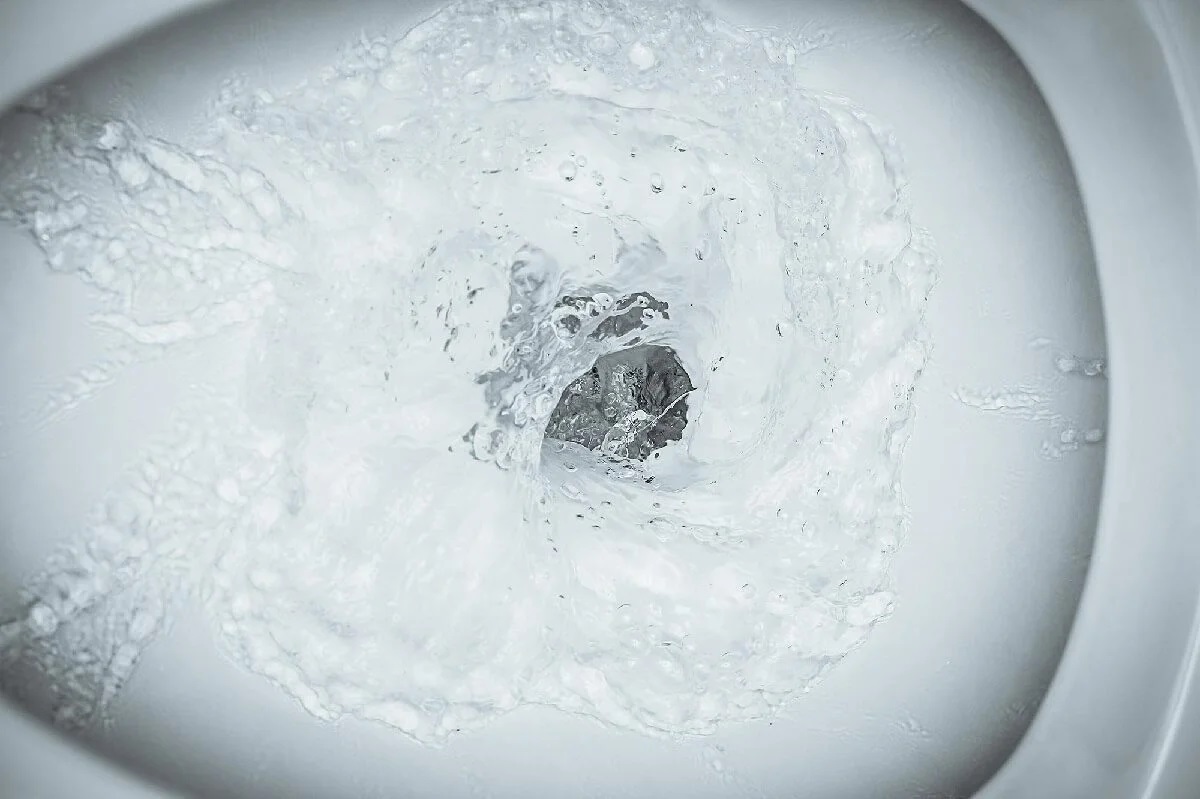
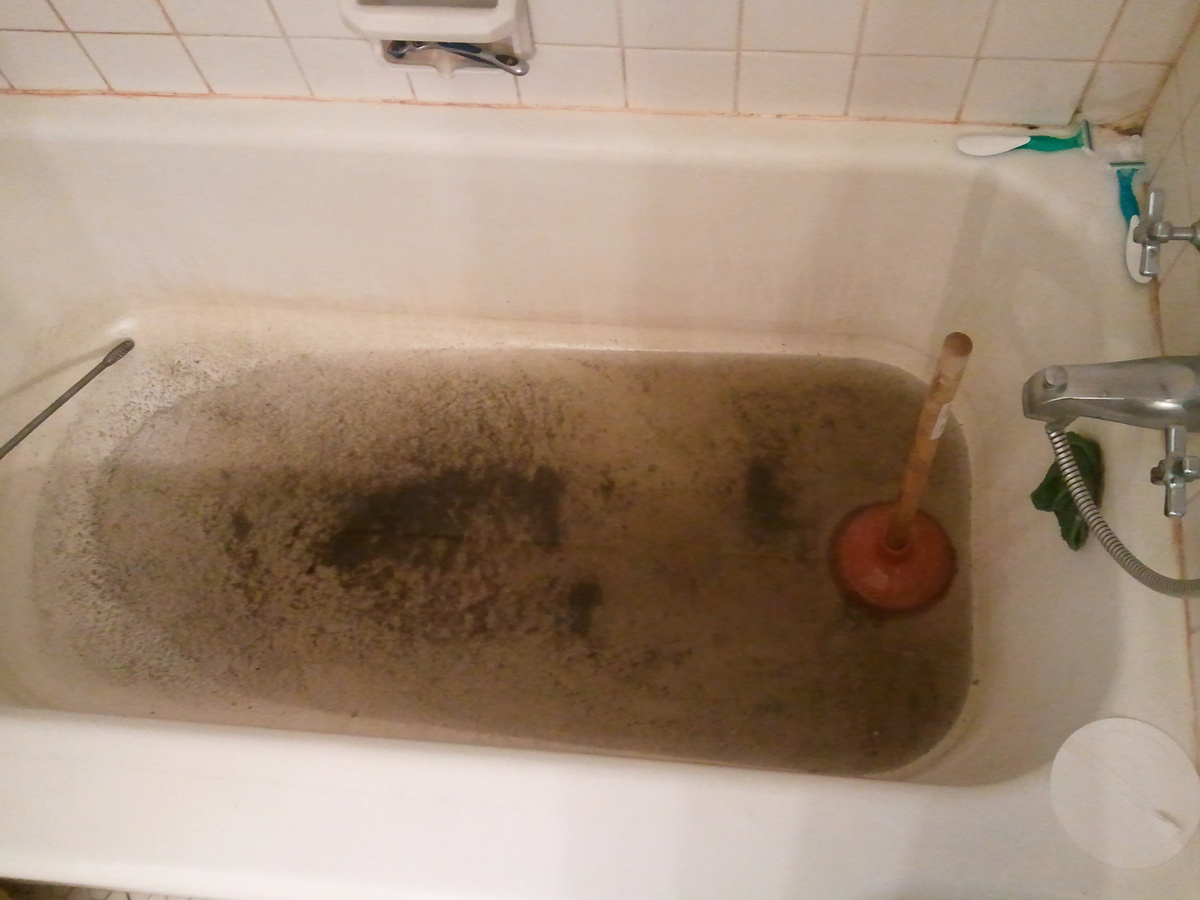
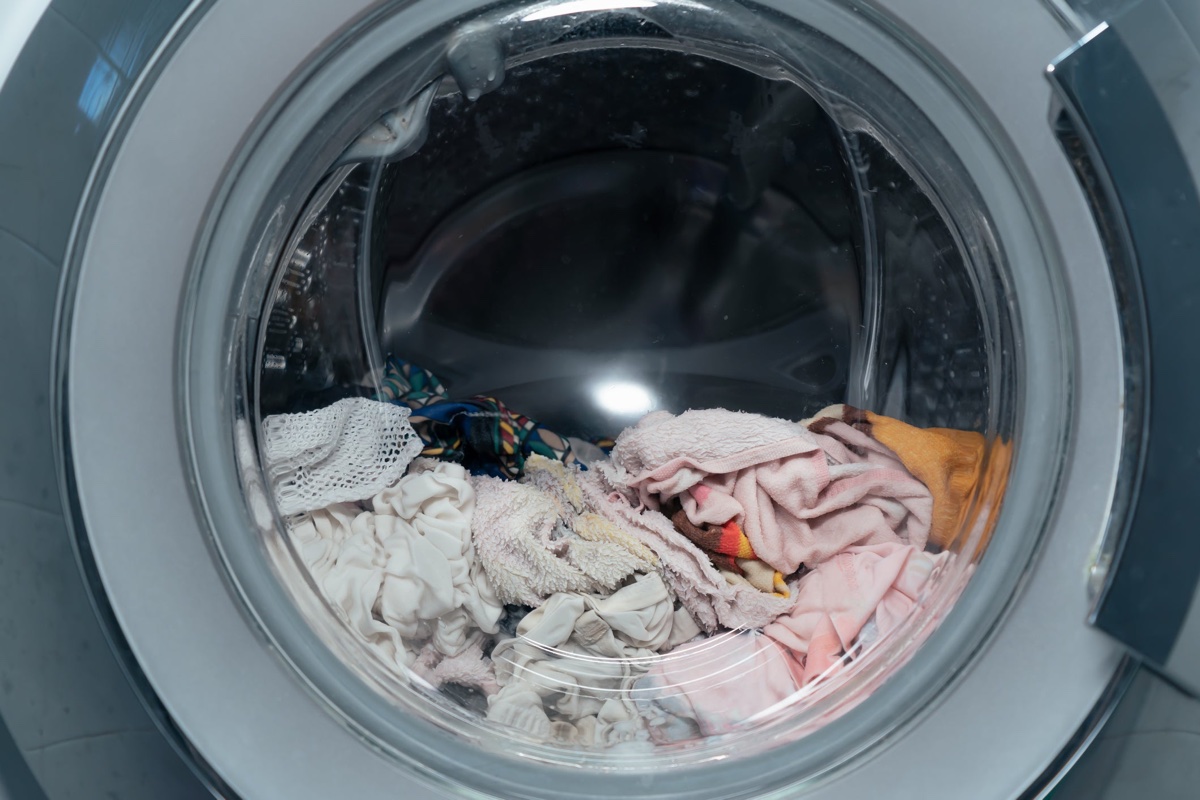
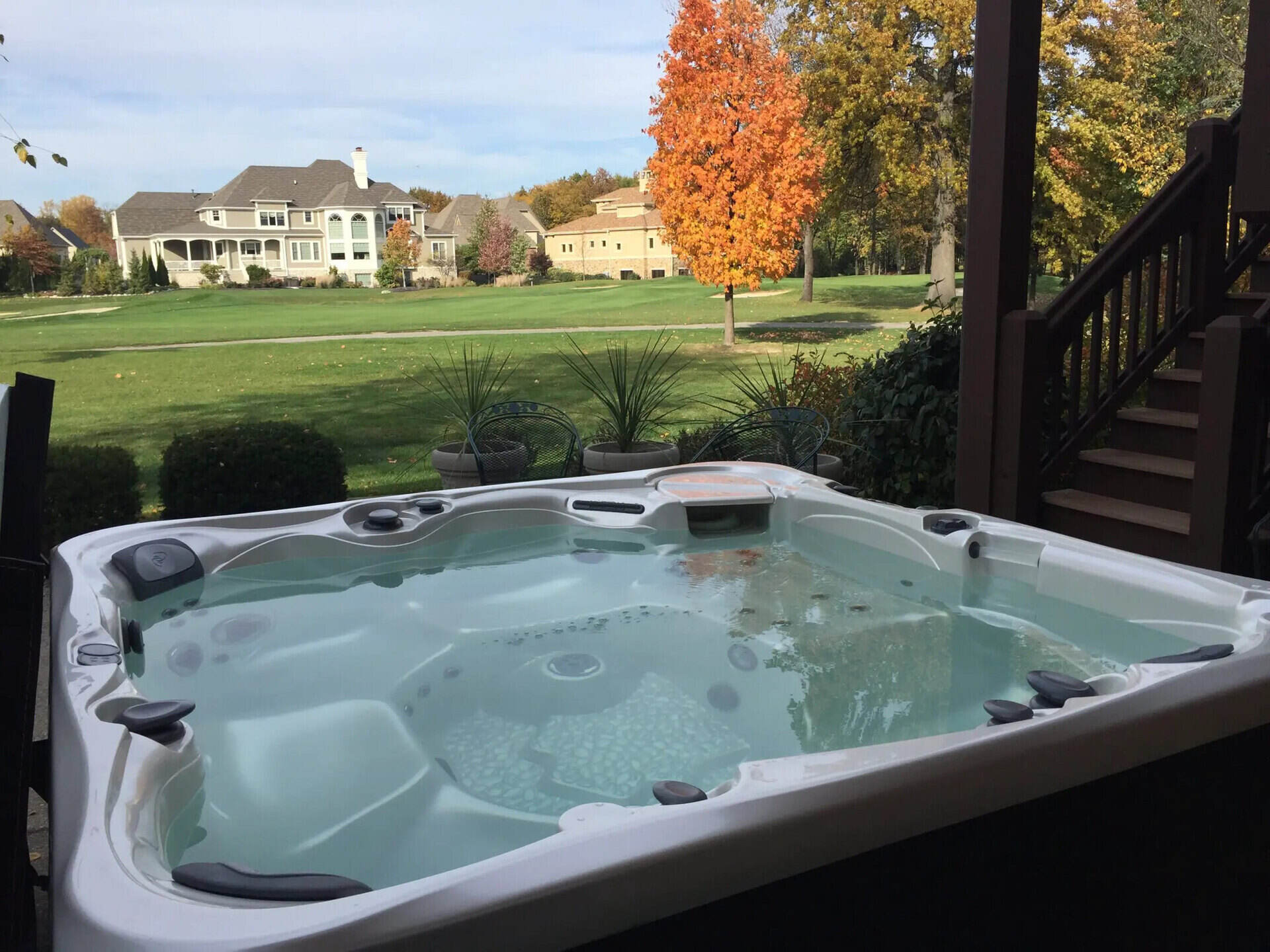
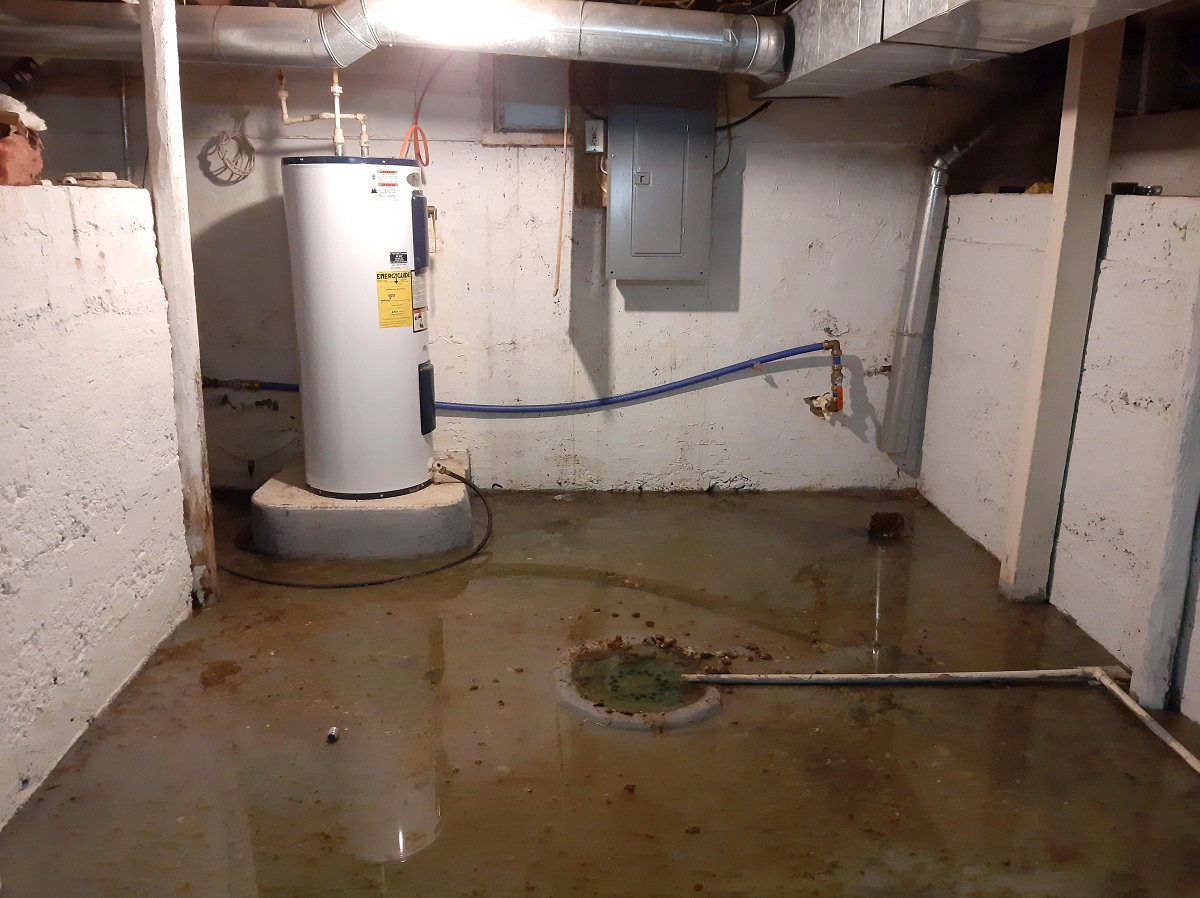
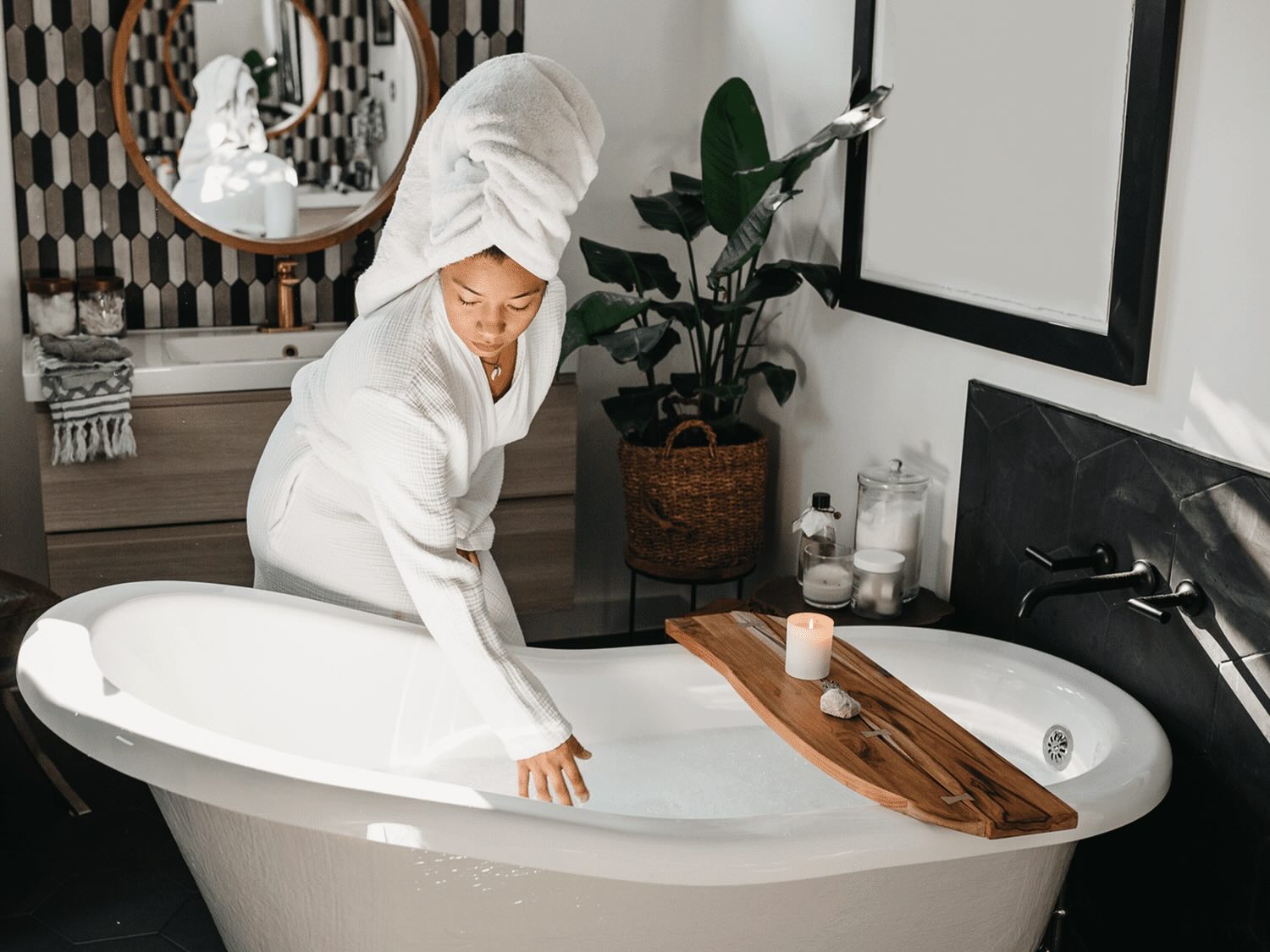
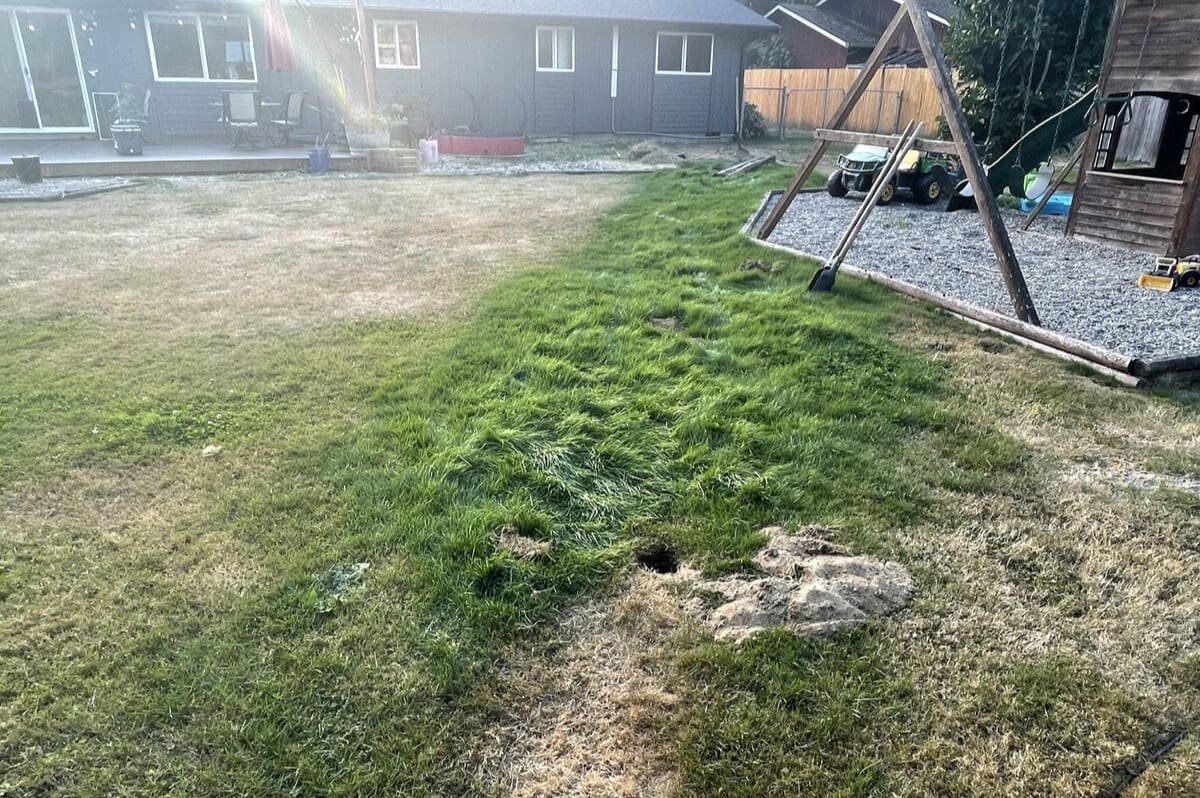
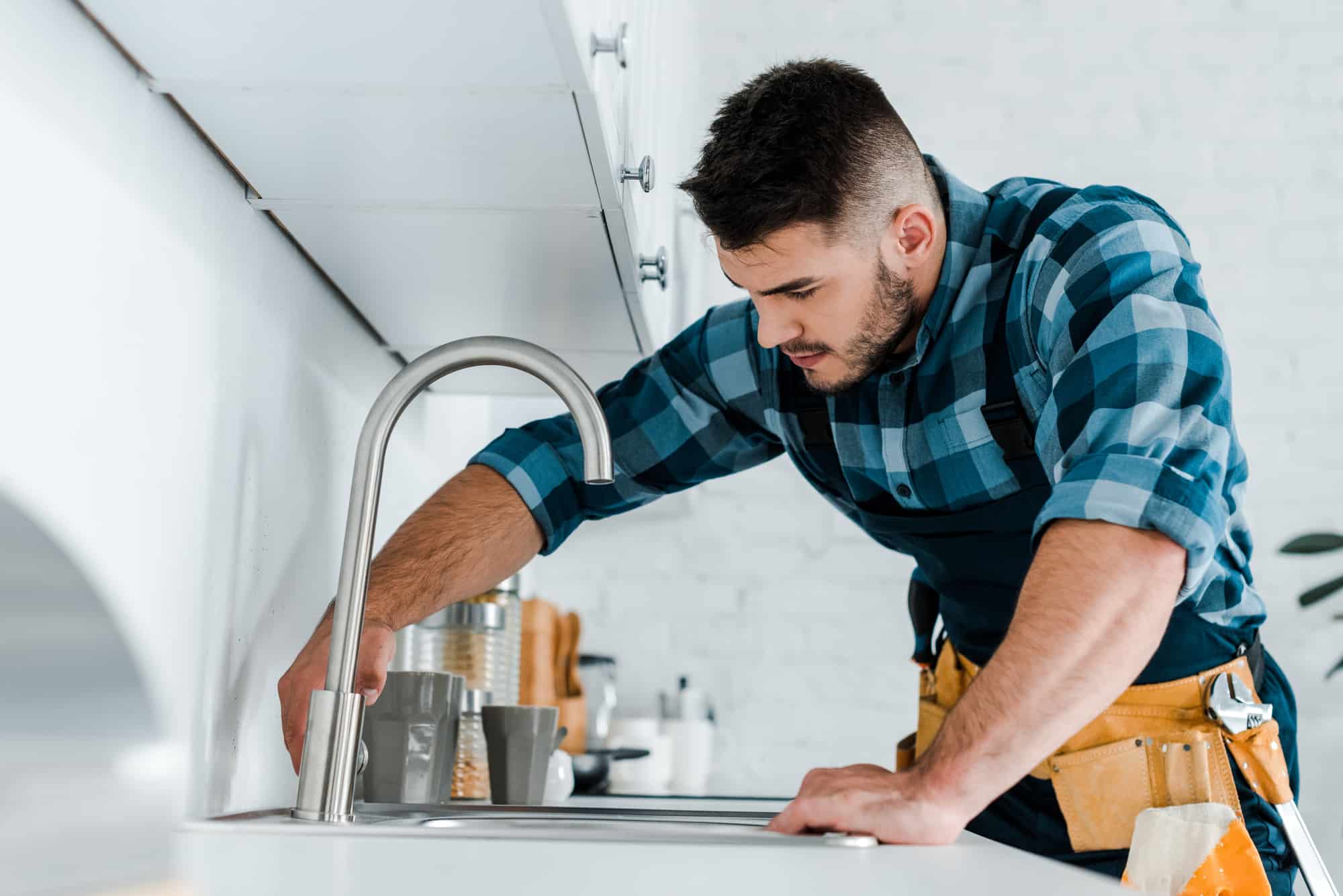
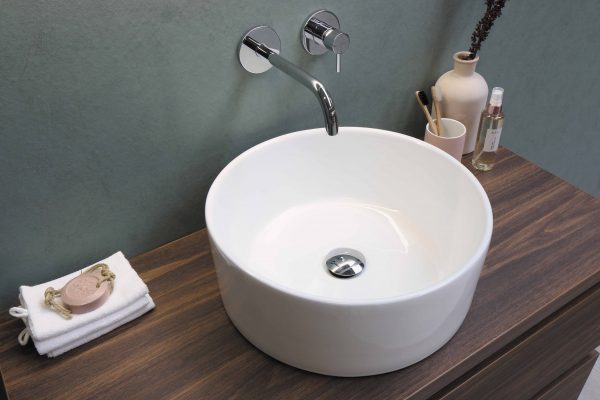
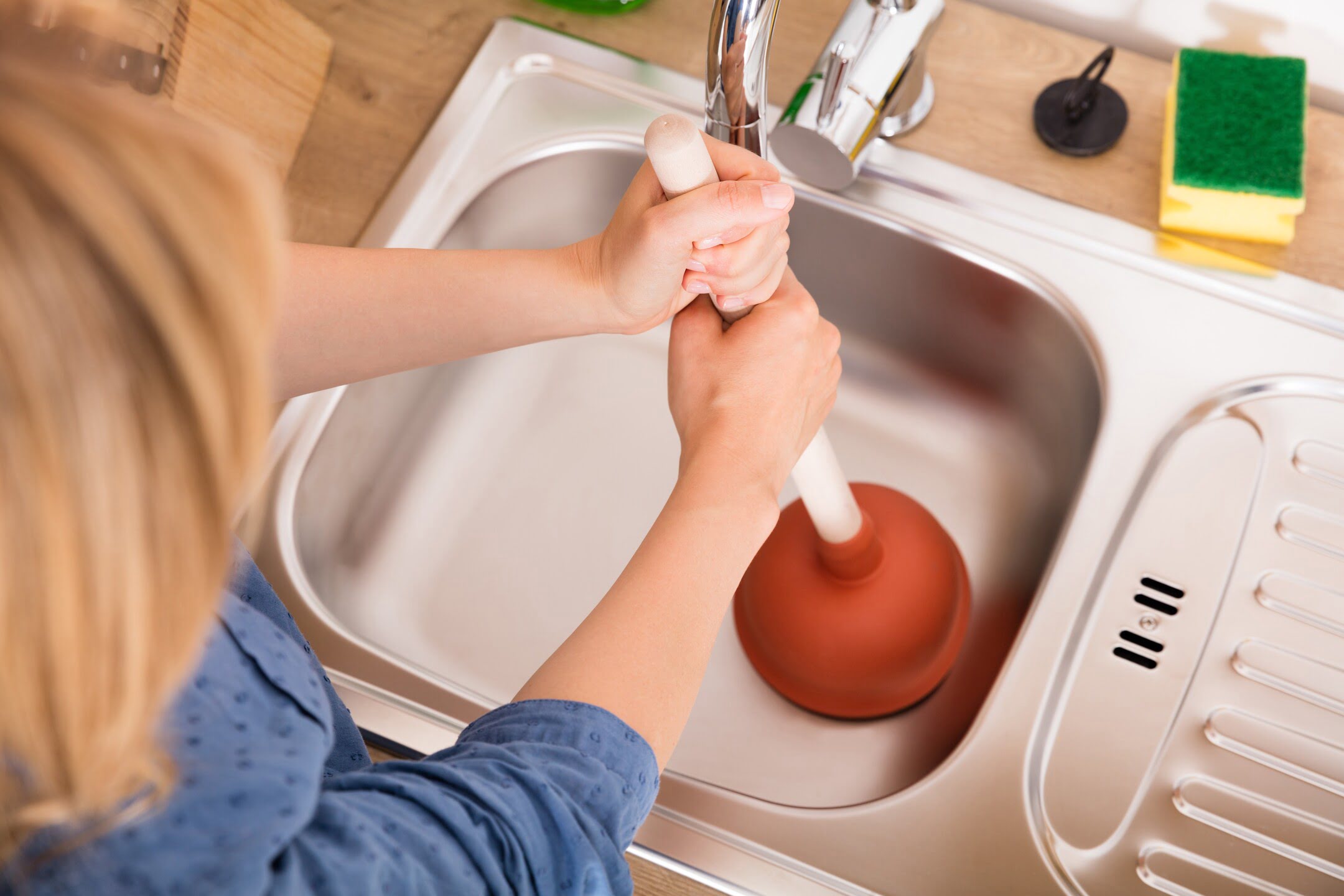
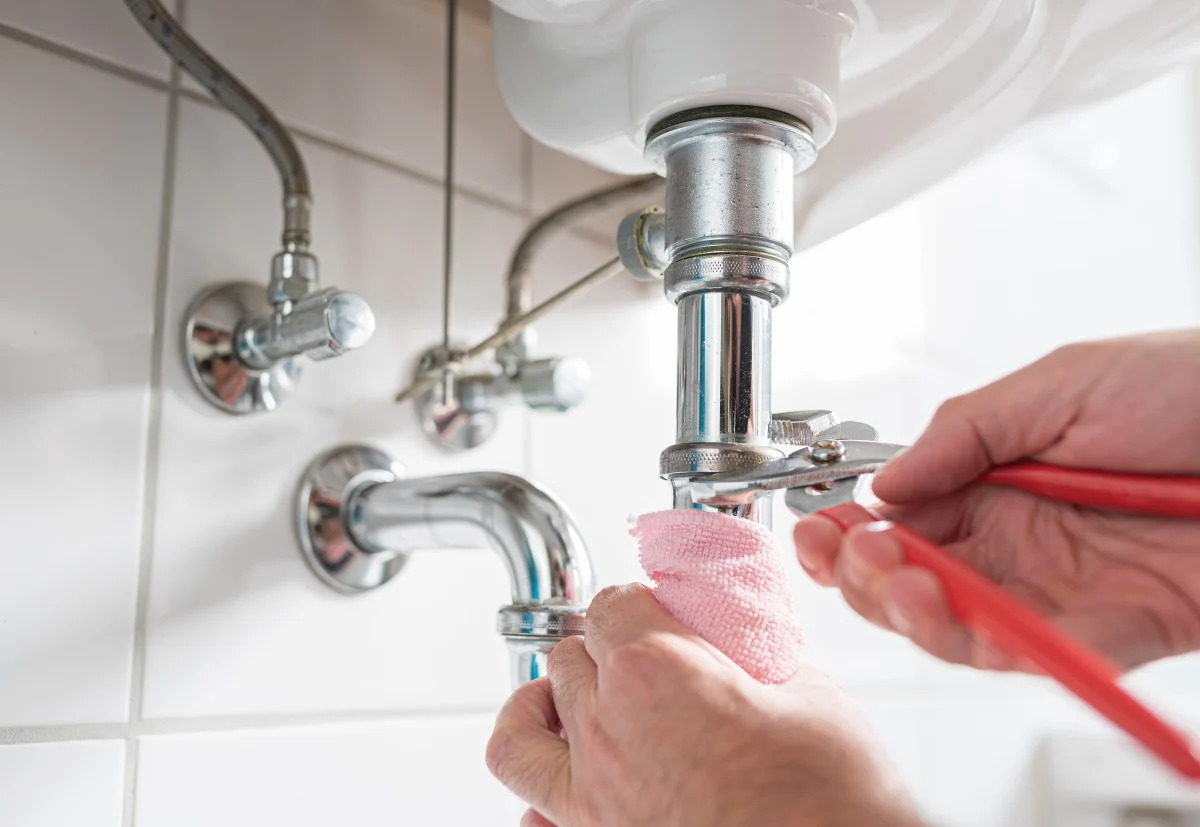
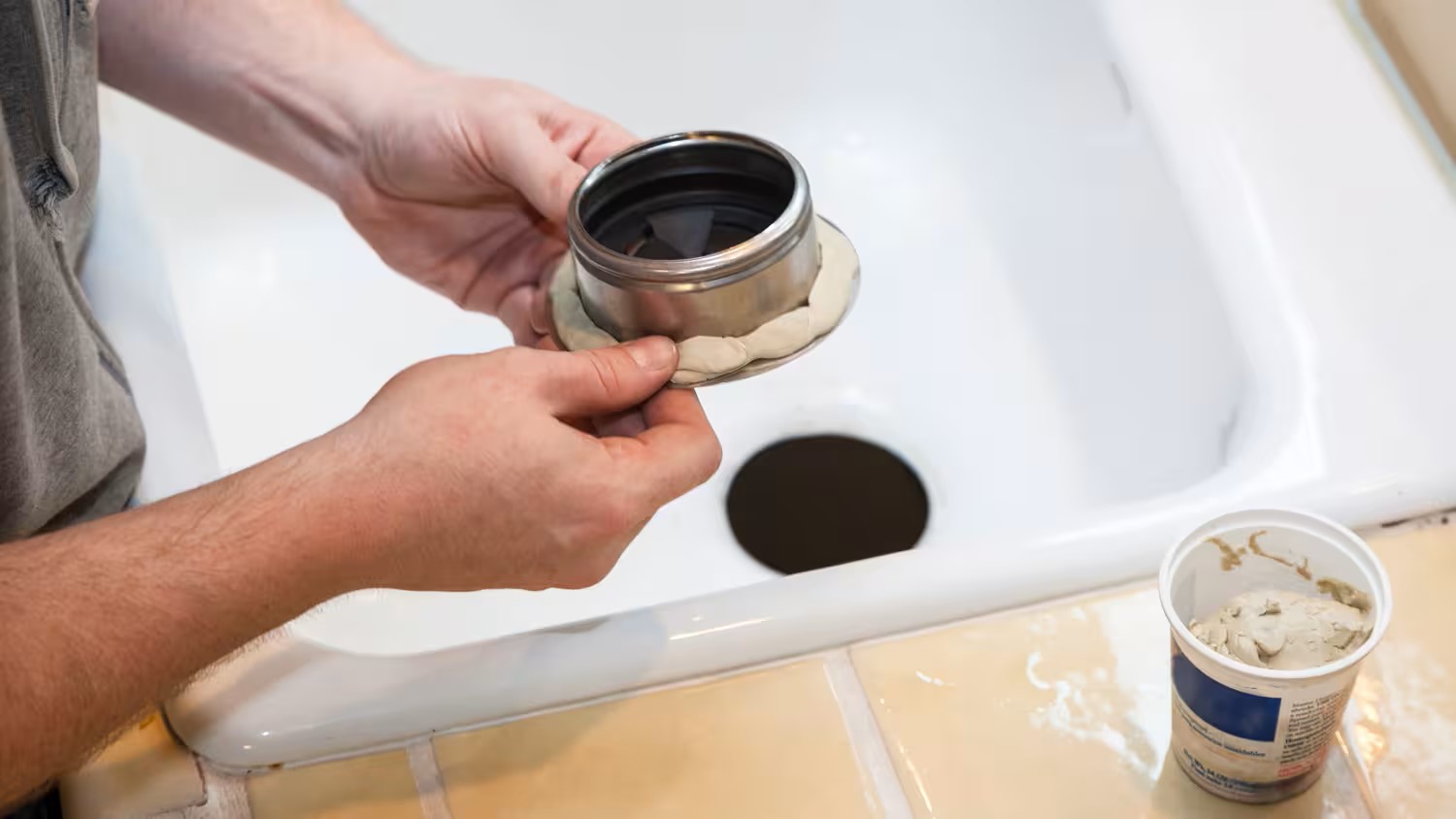

0 thoughts on “Why Is My Bathroom Sink Not Draining”